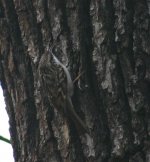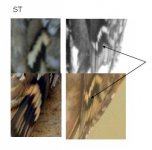Neil Grubb
Well-known member
This treecreeper was photographed this week in the woods below the castle in Prague. I can't decide (using the guidance from the Collins Bird Guide) whether this is a short-toed treecreeper or just a treecreeper. (I didn't hear it call and I understand the calls are quite distinct between the two.) Can anyone help ?






